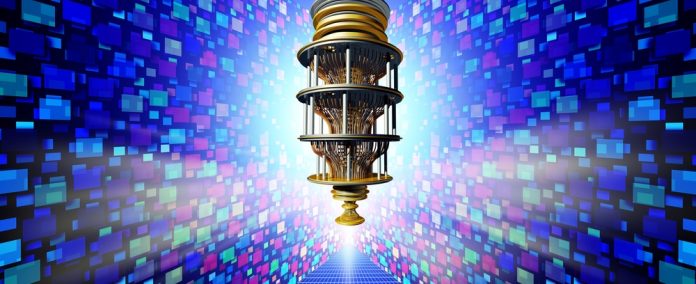Quantum computing, a burgeoning field poised to redefine the computational landscape, is punctuated by an unsettling observation: susceptibility to errors. Upon closer inspection, this issue of error prevalence in quantum systems warrants scrutiny not solely for its immediate ramifications but also for the intriguing nuances that underpin it. This discourse aims to delineate the core aspects influencing error proneness in quantum computing today.
First and foremost, the delicate nature of quantum bits (qubits) is pivotal. Unlike classical bits, which reside unwaveringly as either 0 or 1, qubits exist in superposition, encapsulating both states simultaneously until measured. This duality is both a blessing and a curse; while it allows quantum systems to process an exponentially greater amount of information, it renders them more vulnerable to environmental perturbations. The phenomenon known as decoherence exemplifies this fragility. Decoherence occurs when qubits intermingle with their environment, leading to the collapse of their superposition state and, consequently, erroneous computations.
Moreover, quantum entanglement, another fundamental principle of quantum computing, complicates the situation. Entangled qubits are interdependent; a change to one qubit instantaneously influences its partner regardless of spatial separation. This intricate connectivity can amplify the propagation of errors. A mistake in one qubit can cascade, affecting entangled partners and sabotaging the computation’s integrity. This quantum mechanical behavior, while indicative of the power of quantum computation, also illustrates its susceptibility.
Furthermore, error rates in quantum circuits are exacerbated by the inherent limitations of current quantum hardware. Most quantum processors today utilize superconducting qubits or trapped ions, both of which present distinct challenges. Superconducting qubits, for example, suffer from issues such as thermal noise and electromagnetic interference, which are detrimental to qubit stability. Conversely, trapped ions, while exhibiting better coherence times, are hampered by scalability issues and complex operational requirements. These hardware limitations are not merely ancillary concerns; they are central to the discourse on the fidelity of quantum computations.
As the field evolves, the development of error correction techniques emerges as a beacon of hope. Quantum Error Correction (QEC) schemes, such as the Surface Code, aim to mitigate error impacts and enhance the reliability of quantum computations. These intricate protocols function by encoding logical qubits into arrays of physical qubits, effectively distributing information to negate isolated errors. Although promising, the implementation of QEC is fraught with challenges, primarily due to the overhead it introduces. The requisite number of physical qubits for error correction can be prohibitively large, complicating the transition from theoretical frameworks to pragmatic applications.
Investing in research to improve qubit coherence and the robustness of error correction protocols is paramount. Innovations in materials science and experimental techniques may yield qubits with improved resilience to decoherence. Additionally, leveraging machine learning algorithms to predict and compensate for errors in real-time could potentially enhance the efficacy of quantum systems. Such approaches are still in nascent stages, yet they signify a concerted effort within the scientific community to grapple with the challenges of error rates in quantum computing.
The philosophical implications of error proneness in quantum computing extend beyond technical boundaries, inciting deeper reflections on our understanding of computation itself. The unpredictability associated with quantum mechanics challenges traditional notions of reliability and determinism in computation. In an era where algorithms dictate our daily lives, the reality that a quantum computation could falter due to unpredictable interactions compels a reevaluation of what it means to compute. It invites curiosity and intrigue, melding the precision of mathematics with the enigmatic qualities of quantum physics.
This inherent error proneness elicits fascination not merely from a technical standpoint but also within the broader context of scientific progress. The quest to overcome these barriers serves as a crucible for innovation. It fuels speculative discourse on the implications of achieving reliable quantum computation, from breakthroughs in cryptography and complex modeling to revolutionary advances in materials science and artificial intelligence. Each incremental improvement in qubit stability or error correction heralds potential transformative applications, rendering the pursuit profoundly significant.
Ultimately, the current state of quantum computing is characterized by an intricate tapestry of promise and peril. The susceptibility to errors remains a paramount concern that fuels both research and philosophical inquiry. It serves as a reminder of the fragility underpinning the extraordinary capabilities of quantum machines. As researchers and technologists endeavor to circumvent these challenges, the very act of confronting error proneness propels the field forward, unveiling new pathways for exploration and discovery.
In conclusion, while the current state of quantum computing is undeniably characterized by its error-prone nature, this reality invites further inquiry. It challenges the paradigms of computation and prompts an exploration of innovative solutions that could ultimately lead to a new epoch in information processing. The landscape of quantum computing, fraught with complexity and uncertainty, reflects not only the cutting-edge of technology but also the enduring human spirit of inquiry and innovation.








